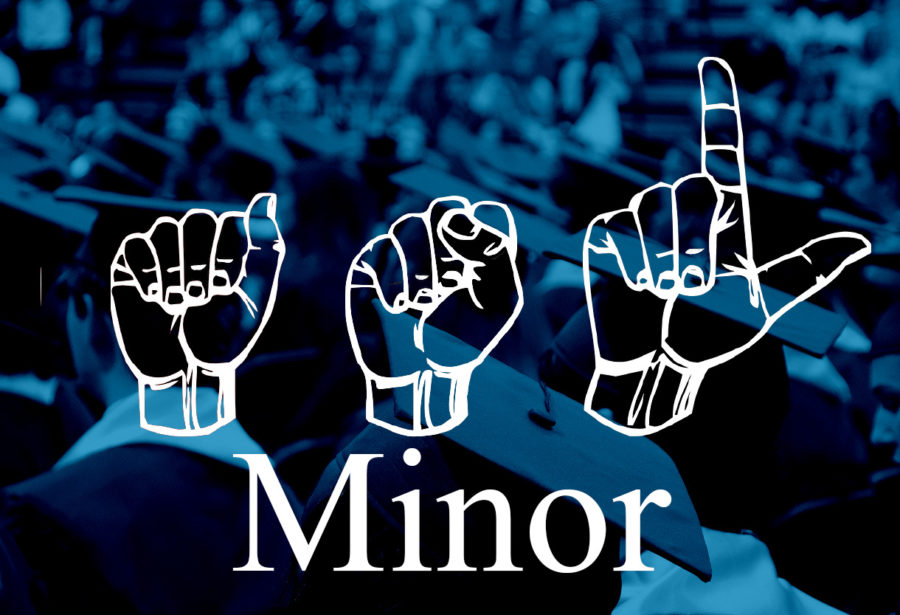Sosa: ISU, make American Sign Language a minor
Columnist Zoami Calles-Rios Sosa argues Iowa State should allow students the option of choosing American Sign Language as a minor.
February 17, 2021
I had always wanted to learn American Sign Language (ASL) but never found the opportunity to until I started attending Iowa State. When I found out Iowa State didn’t offer a minor, I was bummed out. Iowa State already provides various ASL classes; why not take the next step and make it into at least a minor?
Minors are becoming more and more popular. Students today are taking them not only as side interests but to create more opportunities for employment down the line. By having a minor, students can showcase their ability to handle extra work and commitment to future employers.
Let’s face it. We are in school because we want something in return. For some, that will be a good time; for others, it means getting a degree to get a job. Because Iowa State wants us to succeed, they give us advisers and make us make our four-year plans.
The four-year plans allow us to “see” what our path to completing the degree looks like. This is why having a minor matters.
When you choose your minor at Iowa State, you commit. You have to go through a process and pick a path to finish the degree. The classes you select end up on your degree audit (a list of all the courses you need to graduate), and you are always able to see where you are and what you are missing (in terms of classes/credits).
If you take classes “just for fun,” what ends up happening is you don’t actually prioritize them. As a civil engineer major, I have quickly learned that classes “just for fun” don’t happen.
Making ASL a minor would allow students to see it as an actual path of study, something we can commit to and get something back in return, just like a major. If we are a university that cares about promoting inclusivity and diversity, I don’t see why we don’t make it a minor already.
One of the reasons I want to become a civil engineer is to make the world a better place. I want to be able to do this by creating infrastructure and policy that takes people with different ways of getting around and/or communicating into consideration.
There are all kinds of people in the United States. The estimates for the number of people who sign as their primary means of communication don’t exist. However, some estimates range from 600,000 to 1 million “functionally deaf” to 35 million having some trouble hearing.
This past summer, I had the opportunity to use the little ASL I’d learned with professor Dina Toulan. Dina is deaf; she, along with Rachel Johnson, teach ASL classes at Iowa State. One of the most common questions she gets is, “Why isn’t ASL a minor already?”
ASL is a rich and beautifully complex language. At Iowa State, we should honor that and make a minor for ASL an option for students. If the University of Iowa has already done it, why can’t we too?







